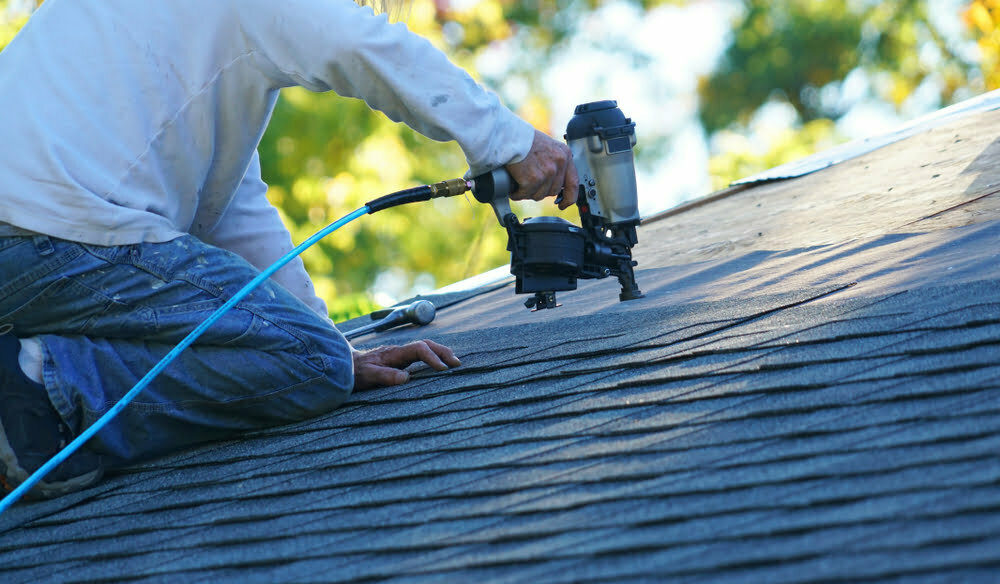The incredible Benefits of Consistent Top Maintenance Systems
Upkeeping your roof is a some of the most important aspects of homeownership that often is overlooked. Many homeowners fail to recognize the importance of consistent roof maintenance practices and the significant benefits they can offer. A well-maintained roof not just boosts the overall appearance of the house but also prolongs its lifespan, helping you prevent expensive repairs or early replacement. With routine inspections and swift interventions, you can identify issues before they escalate, ensuring that your roof remains a reliable shield against the environment.
Understanding when it’s time for a new roof or knowing how to tackle common roofing problems is essential for all homeowner. From noticing signs that indicate your roof needs repairs to deciding between a DIY solution and hiring a professional, being knowledgeable can save you both hours and money. As we explore the benefits of consistent roof maintenance, we will also touch on various topics, including the durability of various roofing materials, the importance of routine inspections, and how to choose the right roofing contractor for your requirements. By staying proactive with your roof care, you not only protect your investment but also enhance the comfort and efficiency of your home.
Essential Ceiling Care Procedures

Regular roof maintenance is essential for increasing the durability of your structure and mitigating high repairs down the line. One of the best practices is to schedule bi-annual inspections. In these inspections, a qualified roofer can detect any likely issues such as unsecured shingles, cracks, or indications of wear. Identifying these problems early enables prompt repairs and can lessen the likelihood of greater damage resulting from water damage or weaknesses in the structure.
Another important practice is to confirm that gutters and downspouts are unclogged of debris. Clogged gutters can lead to standing water on the roof, increasing the chances of leaks and structural damage. Homeowners should make it a focus to maintain their gutters at least two times a year, notably before winter and after intense storms. Additionally, trimming https://diigo.com/0z2paq can prevent roof damage due to falling debris, as well as decrease the risk of mold growth from shade.
Maintaining proper attic ventilation is also crucial for the longevity of your roofing components. Insufficient ventilation can trap heat and moisture in the attic, leading to issues such as icicles in winter and decay of roofing materials. Confirming that vents are not blocked and installing exhaust fans if required can help manage temperature and humidity levels, contributing to a better roof and eventually shielding homeowners from expensive repairs and roof rework.
Signs Which Suggest It's Time for a Roof Renewal
As your roof ages, certain signs will emerge that indicate it may be time to consider a replacement. One of the most obvious signs is the existence of significant leaks or liquid stains on your ceilings and walls. If you see consistent leaking during rainstorms or water spots accumulating, it implies that your roof is no longer effectively safeguarding your home from leakage. Ignoring these issues can lead to more severe structural damage and expensive repairs down the line.
Another indicator to watch for is curling, absent, or drooping shingles. If your shingles appears distorted or if several shingles are missing from your roof, it jeopardizes its ability to shield your home from the elements. Additionally, if you can notice light through the boards of your attic, it indicates that your roof may have substantial damage that requires immediate attention. A comprehensive visual inspection can assist homeowners identify these issues before they escalate.
Lastly, consider the overall age of your roof. Most roofing materials have a limited lifespan; for example, asphalt shingles typically last approximately 20 to 25 years, while metal roofs may last 40 years or more. If your roof is approaching or has surpassed its expected lifespan, it is prudent to seek advice from a roofing professional for an evaluation. Investing in a renewal before major issues arise can save property owners from extensive damage and higher costs in the long run.
Comprehending Roofing Components and Their Longevity
When selecting a roof type, it's important to take into account both robustness and lifespan. Common materials such as bitumen shingles generally last about 15-30 years, based on the quality and installation. Aluminum roofing, famous for its durability, can endure spanning 40-70 years, rendering it a favored option for property owners looking for a durable investment. Ceramic roofs, although initially more expensive, can also provide excellent longevity, frequently surpassing fifty years with adequate maintenance.
The lifespan of a roof material is affected by various elements, including the weather, care frequency, and installation practices. As an example, roofs in humid or coastal areas may experience quicker deterioration due to humidity and salt exposure. Understanding these influences helps property owners make knowledgeable choices about materials and necessary maintenance practices to extend the life of their roofing.
Homeowners should also take into account the advancements in roofing technologies and eco-friendly choices, such as living roofing or solar roofing, which not only offer longevity and also eco-friendliness benefits. Understanding how much time different rooftop types endure can assist in planning budget allocations for substitution and maintenance, ensuring the rooftop remains a defensive barrier for the home for years to come.